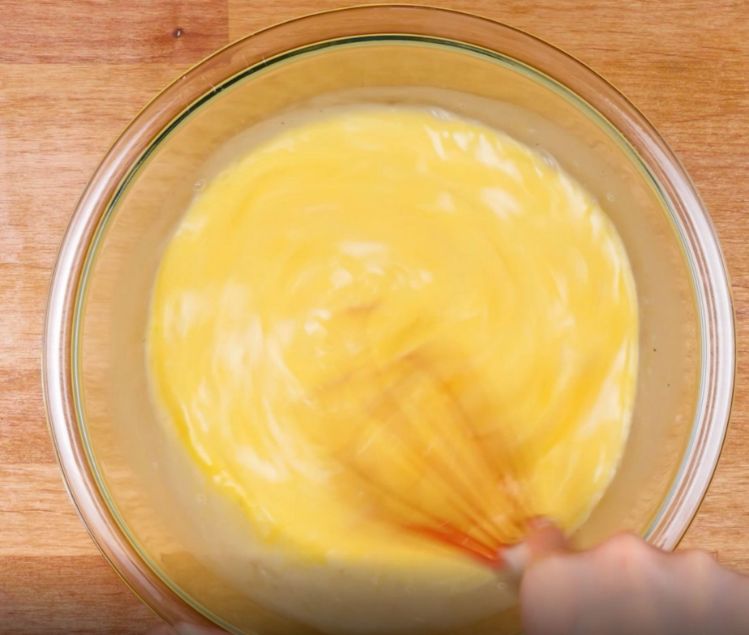Scrambled eggs are one of the easiest dishes one could ever make. And that's probably why when kids or young adults start cooking, scrambled eggs are one of the first dishes they tackle. And not only are they easy, but they're also quick to cook. They make for a great breakfast, even on busy mornings before the kids head out to school.
But making scrambled eggs does take just a pinch of know-how. You can't just break eggs into a pan, swirl them around a few times and hope for the best. And if that's what you've been doing, you'll be happy to read the tips below that will take your scrambled eggs to the next level.
Advertisement
1. Use a non-stick pan

Shutterstock
I'm actually not a big fan of non-stick pans, but if there's one time they should always be used, it's when you make scrambled eggs. If you opt for stainless steel or cast-iron, your eggs will burn to the sides and the bottom; and it doesn't matter how low of a heat you cook them on. They will burn. That means that you'll have fewer eggs to enjoy, and you'll be scraping and scrubbing until at least lunchtime.
2. Break your eggs into a bowl, not the pan

Cooktop Cove
Sure you could shave a few minutes of time if you decide to just go ahead and crack the eggs directly into the pan rather than a bowl. Plus, you'll only have one dish to wash, right? Right, but you'll also have disappointing scrambled eggs.
When you crack the eggs right into the pan, you won't have a chance to get any air into them and you'll have sad, streaky eggs instead of perfectly scrambled eggs. Instead, crack the eggs into a bowl first, then whisk them with a fork or whisk. This will get air into them, resulting in fluffier, softer eggs.
3. Use water, not milk or cream

Cooktop Cove
After cracking the eggs into a bowl, many people decide to add milk or cream thinking that this will give them richer eggs. But in fact, all it will do is weigh down the eggs and take away the fluffiness you were trying to incorporate in the first place. An easy fix? Just use water instead. The eggs will still be fluffy and moist, and you'll have a chance to add that richness later.
4. Cook on a low heat

Shutterstock
Scrambled eggs don't take a long time to cook, so you don't have to crank the heat super high to speed things along. In fact, if you do, you'll dry the eggs out, which no one wants. Instead, heat the pan over medium heat before you add the eggs to get the pan hot. Just before adding the eggs, lower the heat even further to medium-low. It might take just one more minute to thoroughly cook the eggs, but it will be well worth it.
5. Get your eggs just right

Shutterstock
Scrambled eggs are a very personalized dish. Some like a plate that's full of large, fluffy pieces of eggs, while others prefer pieces that are just as fluffy, but much smaller. There's no right or wrong here; it's all a matter of personal preference. But to get yours just right, you have to know the technique.
If you like those large pieces, use a rubber spatula to make long, sweeping motions across the surface, covering as much of the egg as you can in one swoop. If you like smaller bits of egg, use that same rubber spatula to make small circles in the eggs to break them up.
6. Add butter
So you missed out on the richness when you decided to forego the cream and milk. But there is a time to get it in there and it's right when the eggs are almost done cooking. As soon as there's just a little bit of liquid left in the pan, add a knob or two of butter. Let it melt, and then stir it into the eggs. You'll have that richness you've been looking for.
7. Season at the end

Shutterstock
Advertisement
Unseasoned eggs will be one of the most disappointing things that ever lands on your plate. And while you do have to season them, you shouldn't do this at the beginning, or even in the middle, of cooking time. This will dry your eggs out and make them rubbery. Instead, add a pinch of salt at the end of cooking time. And while you're at it, add some chopped fresh herbs, or up the richness factor even more and add cheese.

